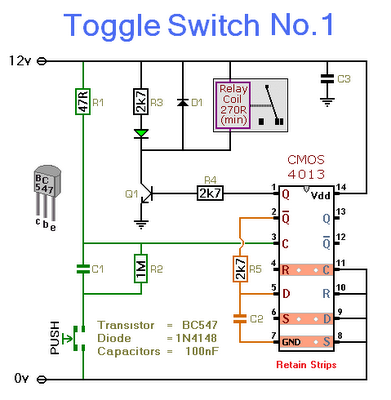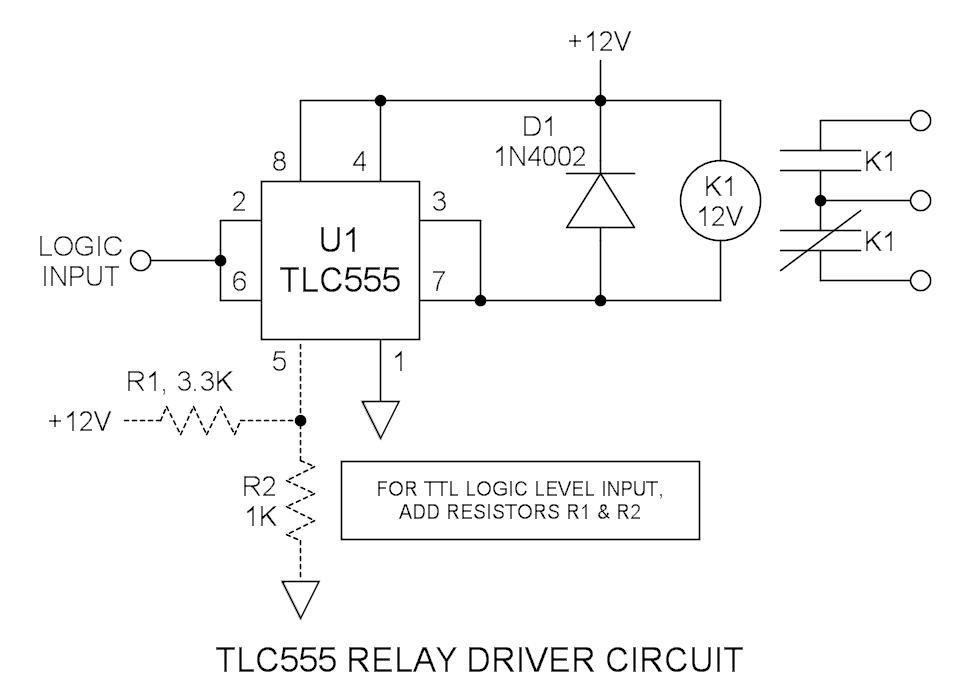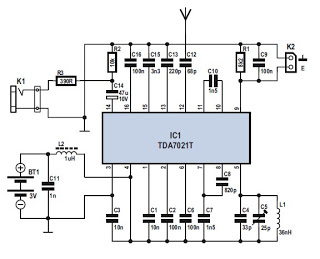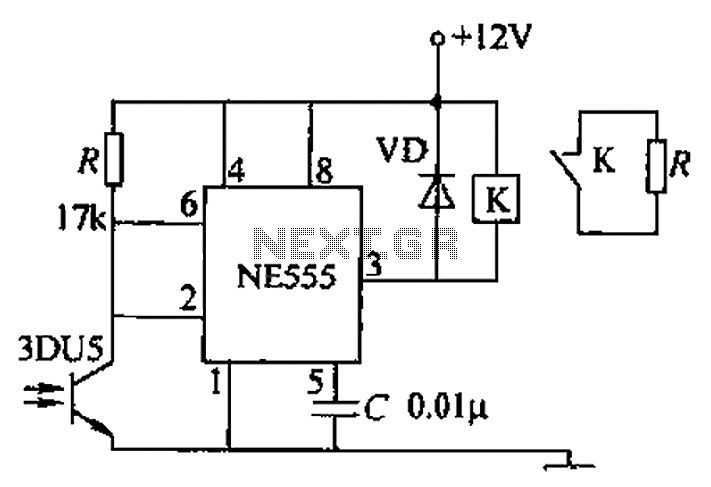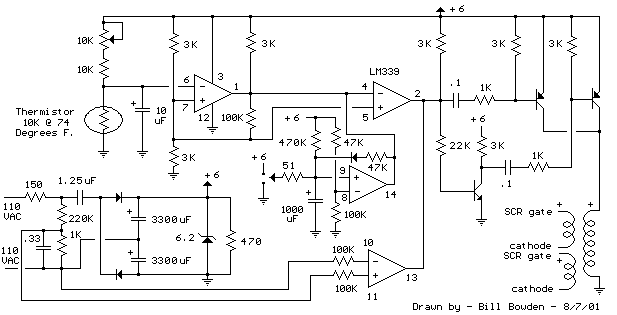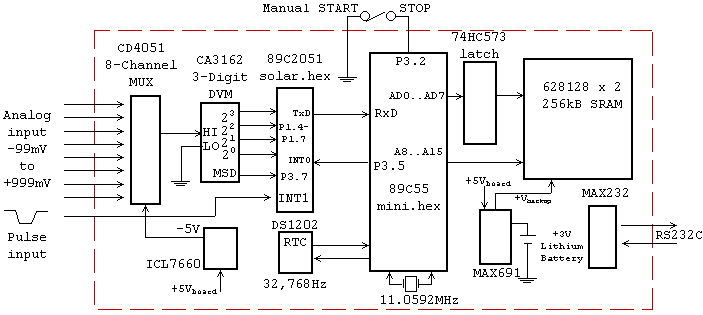
Mini Voice Operated Relay
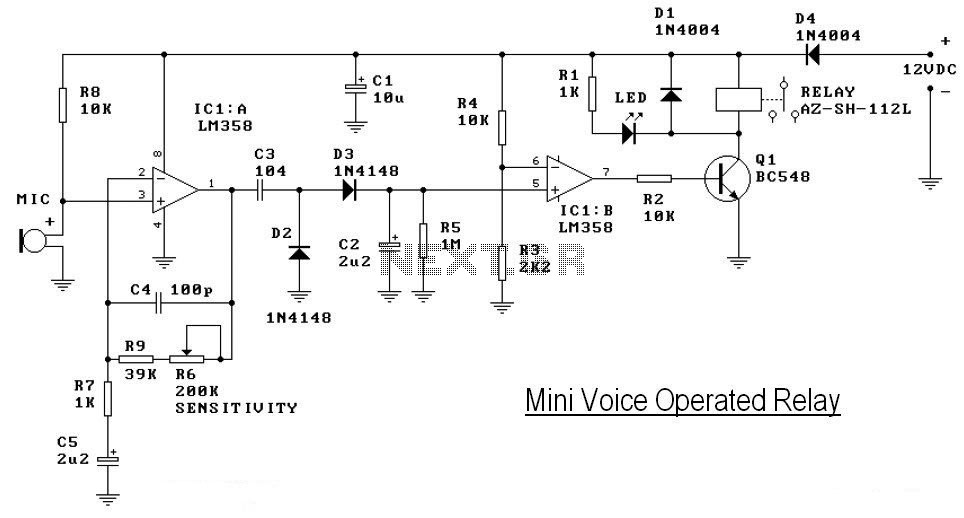
This circuit diagram represents a voice-operated relay. It functions similarly to a sound-activated switch circuit, which toggles the switch on and off (connects and disconnects) based on sound input. The output switch of this circuit is AC.
The voice-operated relay circuit typically consists of several key components, including a microphone, an operational amplifier (op-amp), a comparator circuit, a relay, and associated resistors and capacitors. The microphone detects sound waves and converts them into an electrical signal. This signal is then amplified by the op-amp to ensure that it is strong enough for further processing.
The amplified signal is fed into a comparator circuit, where it is compared against a predefined threshold voltage. This threshold is set to distinguish between background noise and significant sound events, ensuring that only intentional sound inputs (such as a clap or voice command) trigger the relay. If the input signal exceeds the threshold, the comparator outputs a high signal, activating the relay.
The relay acts as a switch, controlling the flow of AC power to a connected load, such as a lamp or other electrical appliance. The circuit can be designed to toggle the relay state with each qualifying sound input, providing a convenient method for controlling devices without physical interaction.
Additional components, such as diodes, may be included to protect the circuit from voltage spikes caused by the relay's inductive load. A power supply circuit is also necessary to provide the required operating voltage for the microphone, op-amp, and relay. Overall, this circuit offers an innovative solution for sound-activated control in various applications, enhancing convenience and accessibility.This is the circuit diagram of a voice operated relay. It similar with sound activation switch circuit which will turn on and turn off (connect and disconnect) the switch depending on the sound input. The output switch of this circuit is ac.. 🔗 External reference
The voice-operated relay circuit typically consists of several key components, including a microphone, an operational amplifier (op-amp), a comparator circuit, a relay, and associated resistors and capacitors. The microphone detects sound waves and converts them into an electrical signal. This signal is then amplified by the op-amp to ensure that it is strong enough for further processing.
The amplified signal is fed into a comparator circuit, where it is compared against a predefined threshold voltage. This threshold is set to distinguish between background noise and significant sound events, ensuring that only intentional sound inputs (such as a clap or voice command) trigger the relay. If the input signal exceeds the threshold, the comparator outputs a high signal, activating the relay.
The relay acts as a switch, controlling the flow of AC power to a connected load, such as a lamp or other electrical appliance. The circuit can be designed to toggle the relay state with each qualifying sound input, providing a convenient method for controlling devices without physical interaction.
Additional components, such as diodes, may be included to protect the circuit from voltage spikes caused by the relay's inductive load. A power supply circuit is also necessary to provide the required operating voltage for the microphone, op-amp, and relay. Overall, this circuit offers an innovative solution for sound-activated control in various applications, enhancing convenience and accessibility.This is the circuit diagram of a voice operated relay. It similar with sound activation switch circuit which will turn on and turn off (connect and disconnect) the switch depending on the sound input. The output switch of this circuit is ac.. 🔗 External reference
